Mental Health & Wellbeing Students/Parents/Carers Support
Articles, Videos & Resources

Mental Health & Wellbeing Students/Parents/Carers Support
Articles, Videos & Resources
We’re excited to share that Leah Kuyper and her team launched their first Zone Your Home training designed specifically for parents and caregivers! To support those interested in this special training, they thought it would be a good idea to provide a quick reference or ‘primer’ introducing The Zones of Regulation.
Simply stated, The Zones of Regulation is a curriculum framework organized around four colored Zones to describe our feelings, energy, and emotions. We learn to regulate our Zones to meet our goals and task demands, as well as support our overall well-being.
In this issue of ‘Zoning In,’ they briefly explained each of the four Zones we can use to understand and talk about our wide range of feelings, including examples of tools that can help to regulate each Zone.
As parents and caregivers, we can use The Zones at home to help build emotional language, connect as a family, and foster regulation skills that are essential to our kids’ growth.
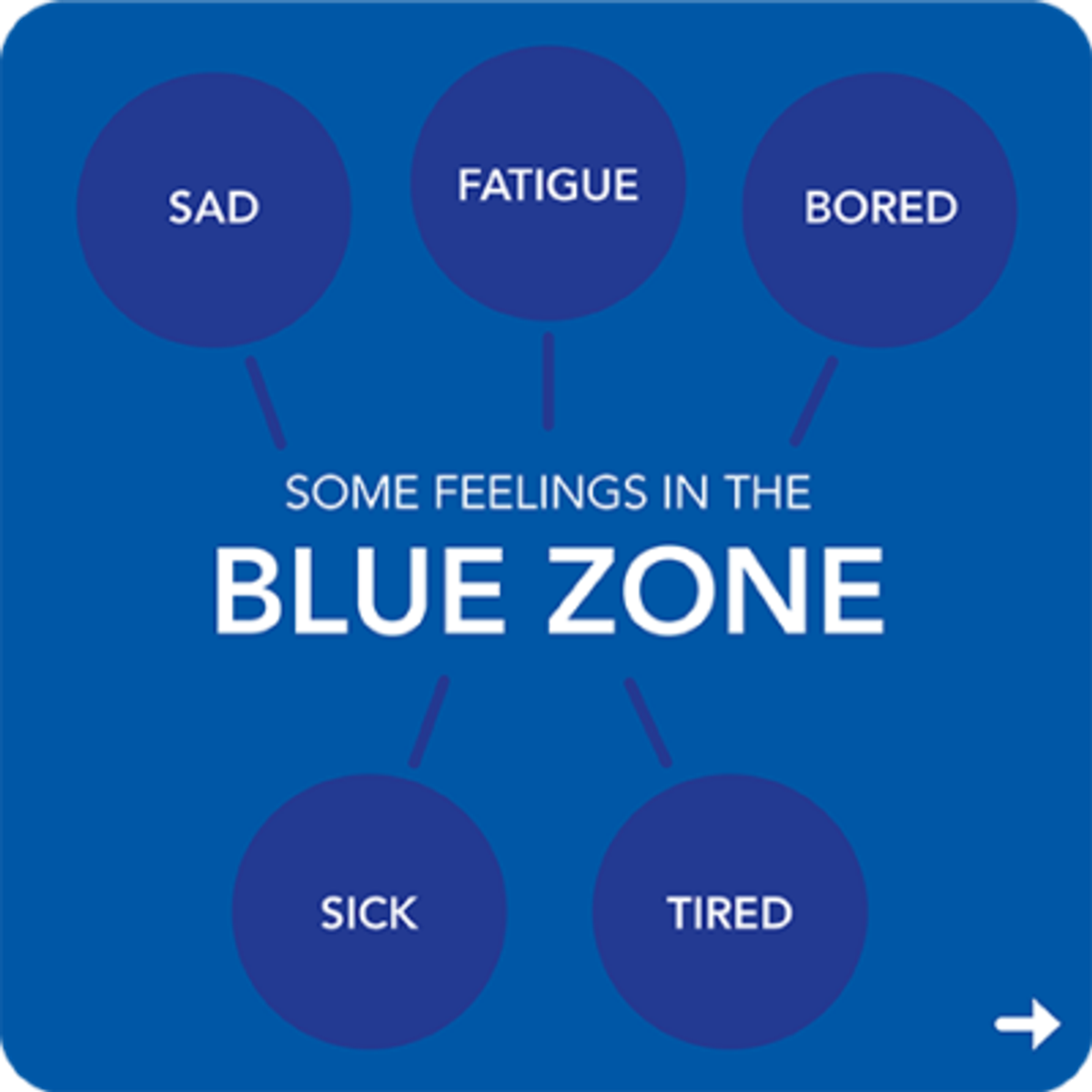

The Blue Zone encompasses our lowest level of energy or alertness and can be helpful when we have goals such as falling asleep. It also includes when we have sad, bored, or lonely feelings. When we are in the Blue Zone and our goal or task requires more energy, such as focusing in class or playing at recess, it can be helpful to use a tool to provide us with more energy. Some examples of Blue Zone tools are drinking water, standing or stretching, talking with a friend, or even chewing something crunchy.
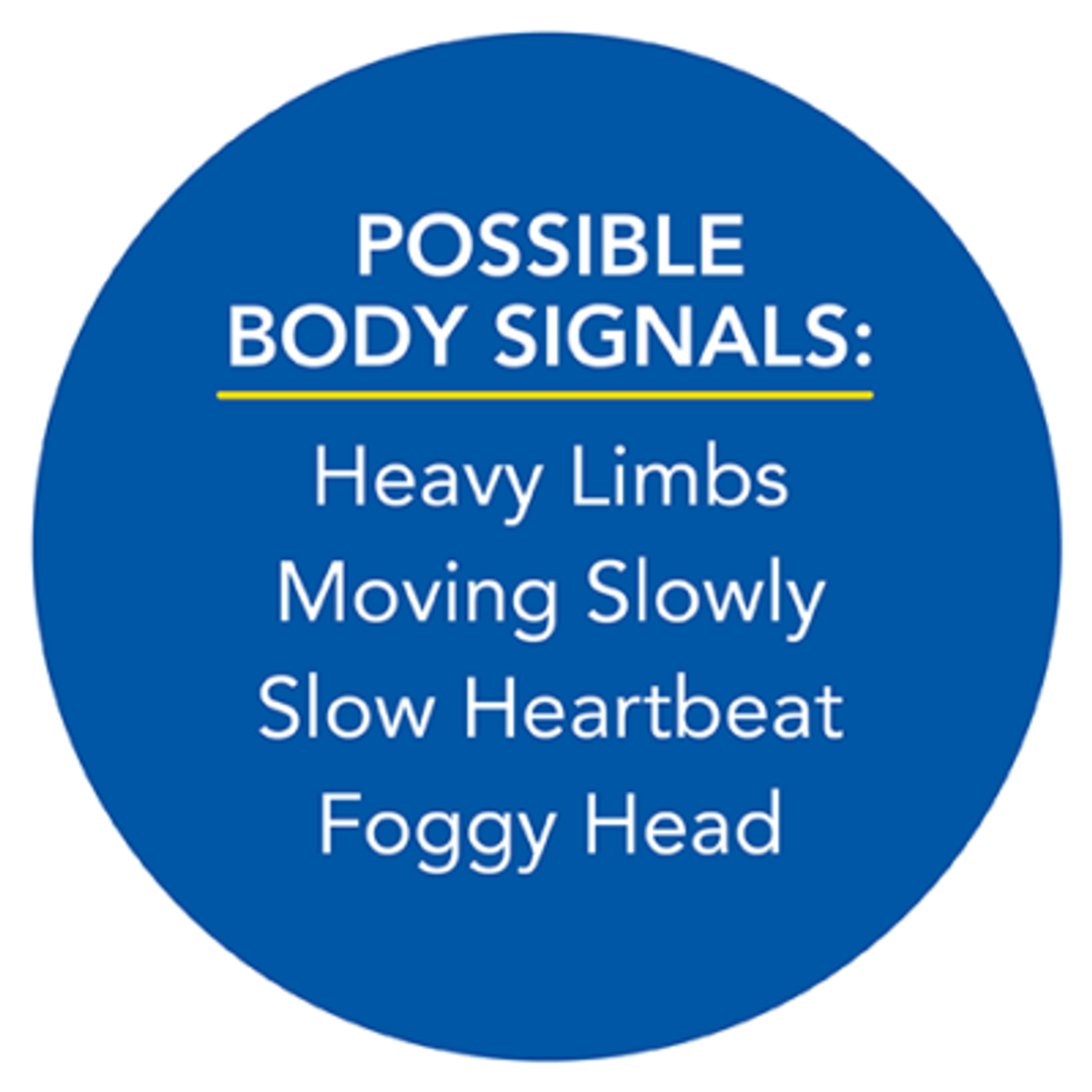

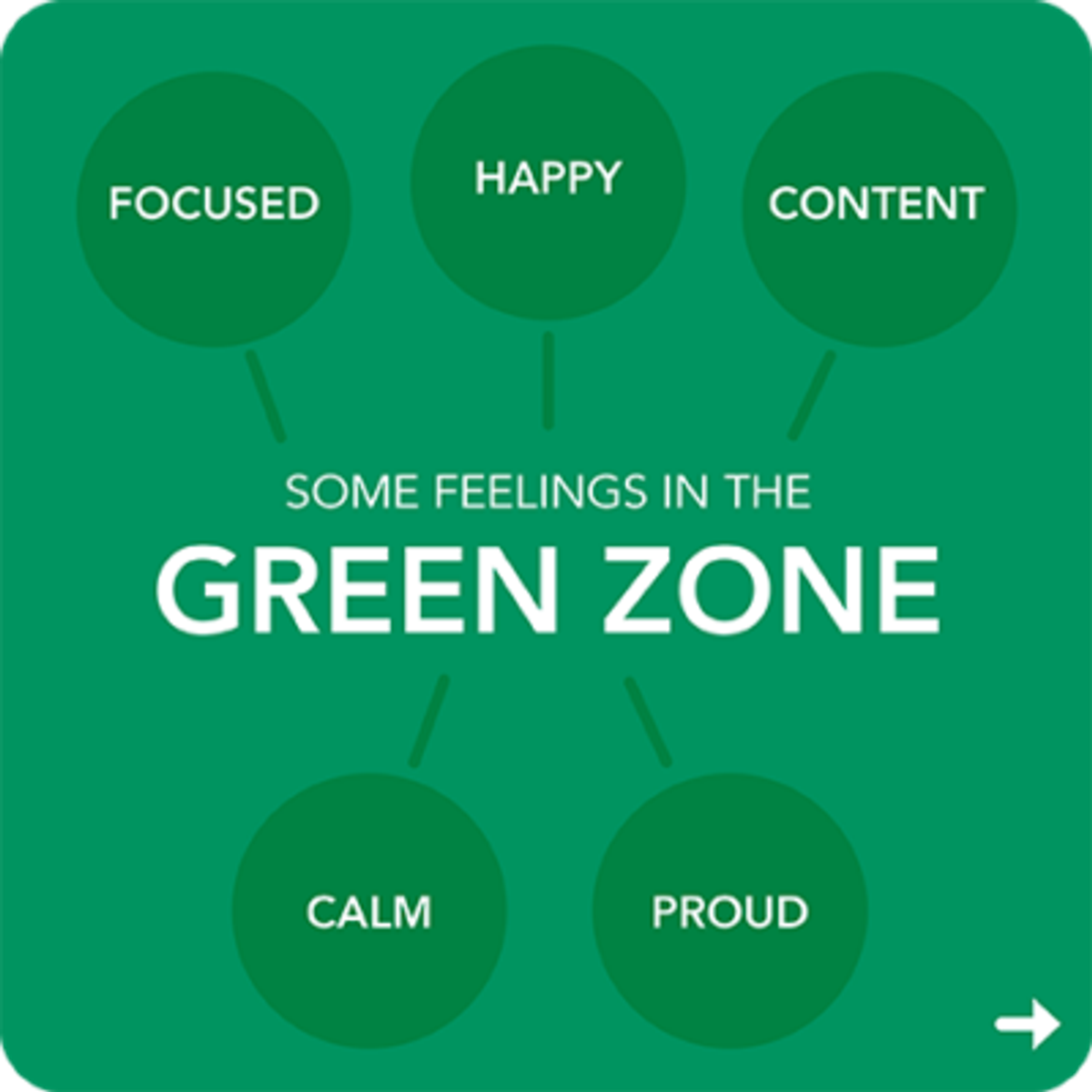

In the Green Zone we have more neutral feelings, energy, and levels of alertness. This Zone works well when your goal is to learn, listen or process information. We may feel calm, content, happy, or focused in the Green Zone. Although this Zone is often associated with pleasant feelings, it is not the “best” or “good” Zone. Yes, it can be helpful to be in the Green Zone during classroom reading time, for example, but if you are trying to fall asleep, it can be more helpful to have a lower level of energy. And, of course, when playing a competitive sport, it’s helpful to have more energy. Some of tools to support being in the Green Zone include getting enough sleep and exercise, eating healthy foods, and connecting with loved ones.
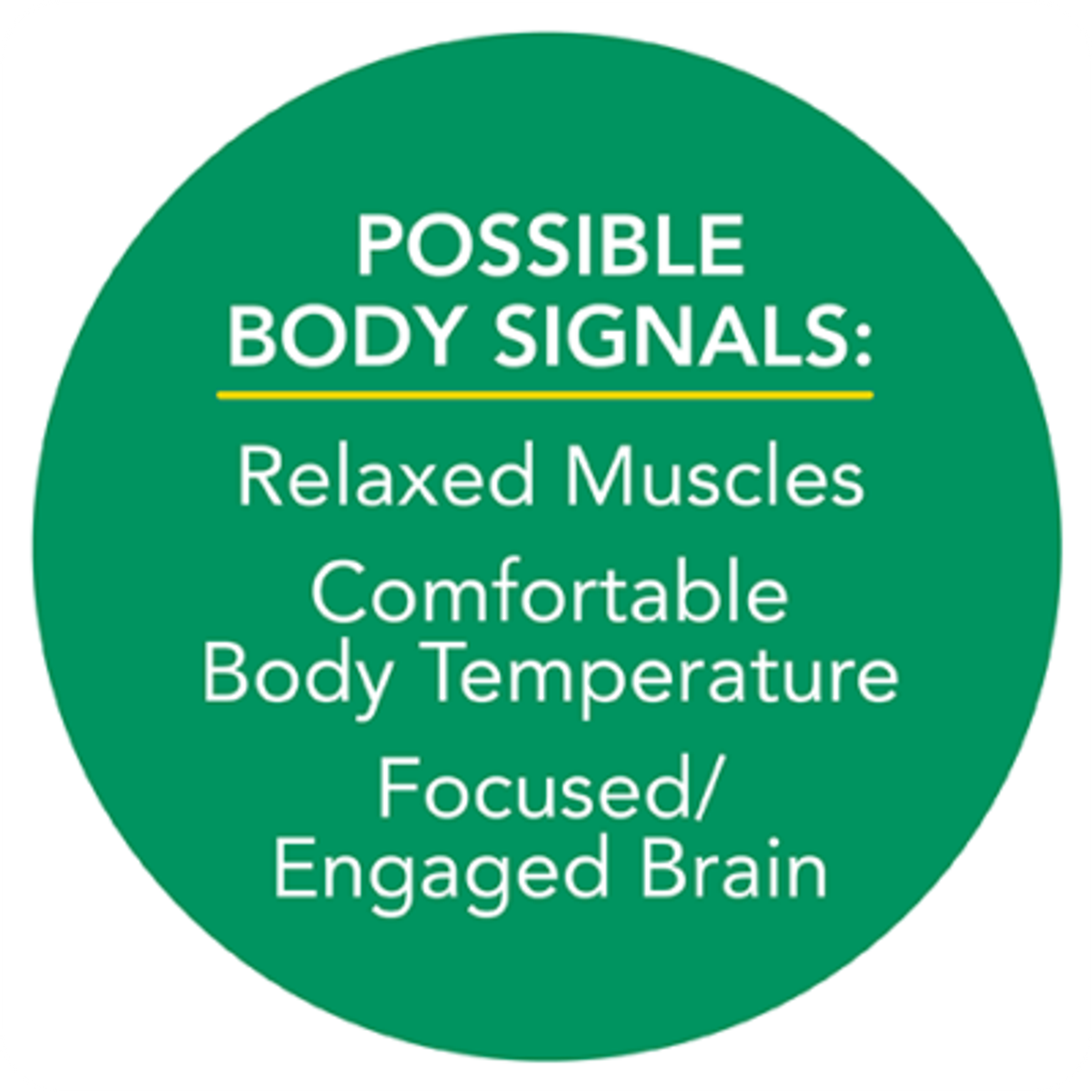

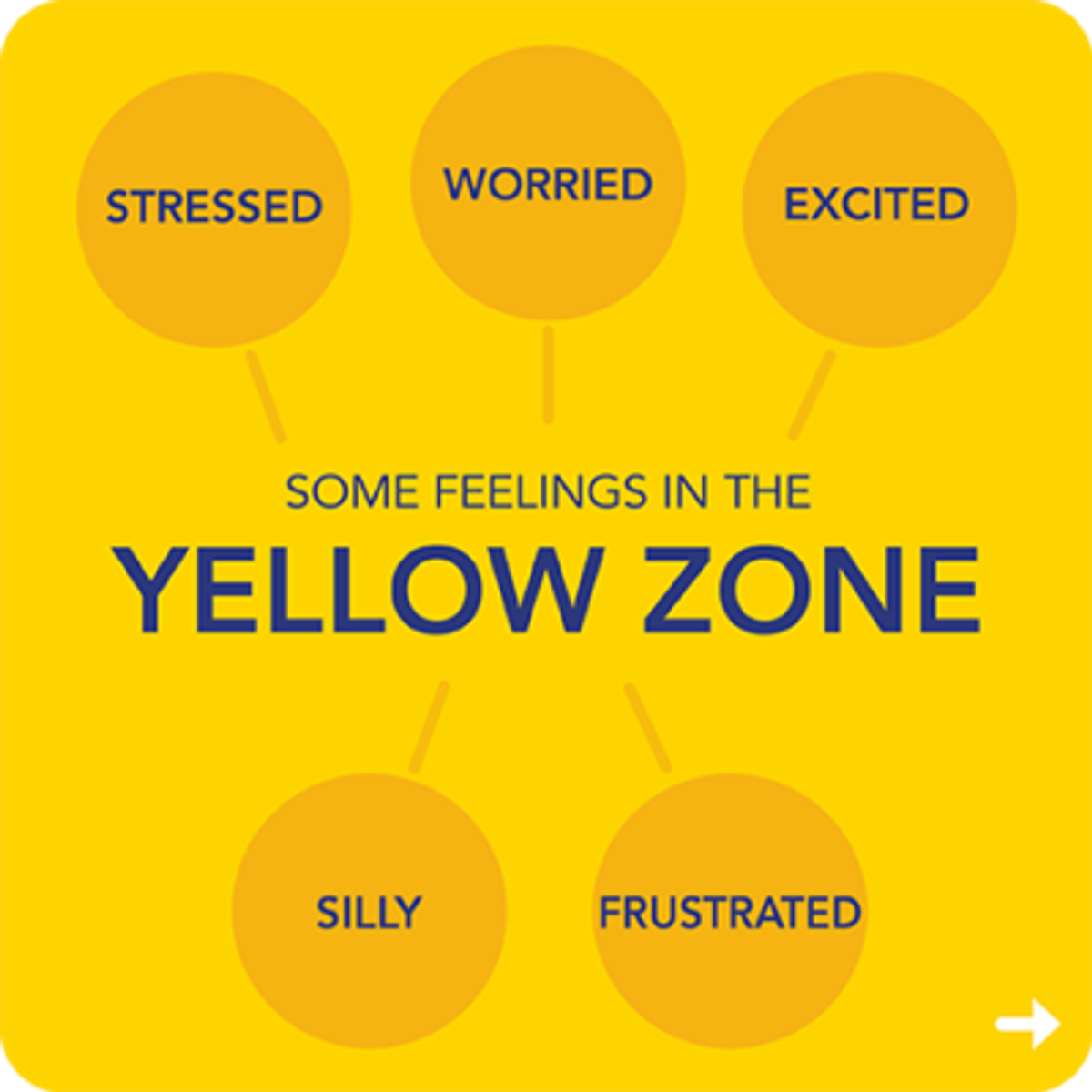

When we are in the Yellow Zone, we have higher levels energy and stronger emotion, such as feeling excited, fidgety, anxious, or frustrated. Although our feelings are becoming more intense, we usually still have a sense of control when in the Yellow Zone. Being in this Zone can be helpful when competing in a game, doing a school performance, or playing with friends because higher energy or level of alertness helps us engage and perform in these activities. We might decide to regulate our Yellow Zone when our goal is to complete an assignment, try to get some rest/sleep, or study. Some Yellow Zone tools include taking deep breaths, using a fidget, positive self-talk, and connecting with someone for support.
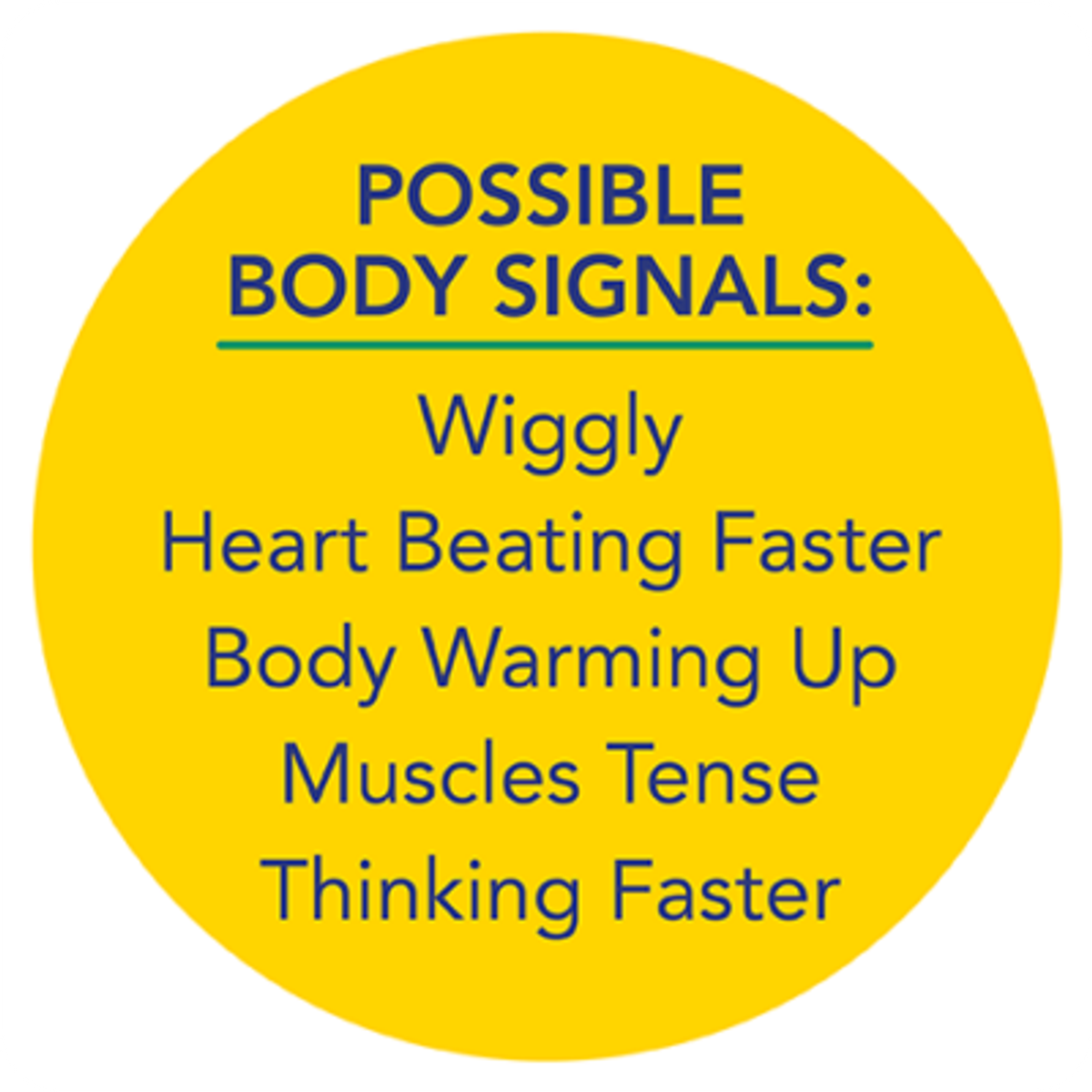

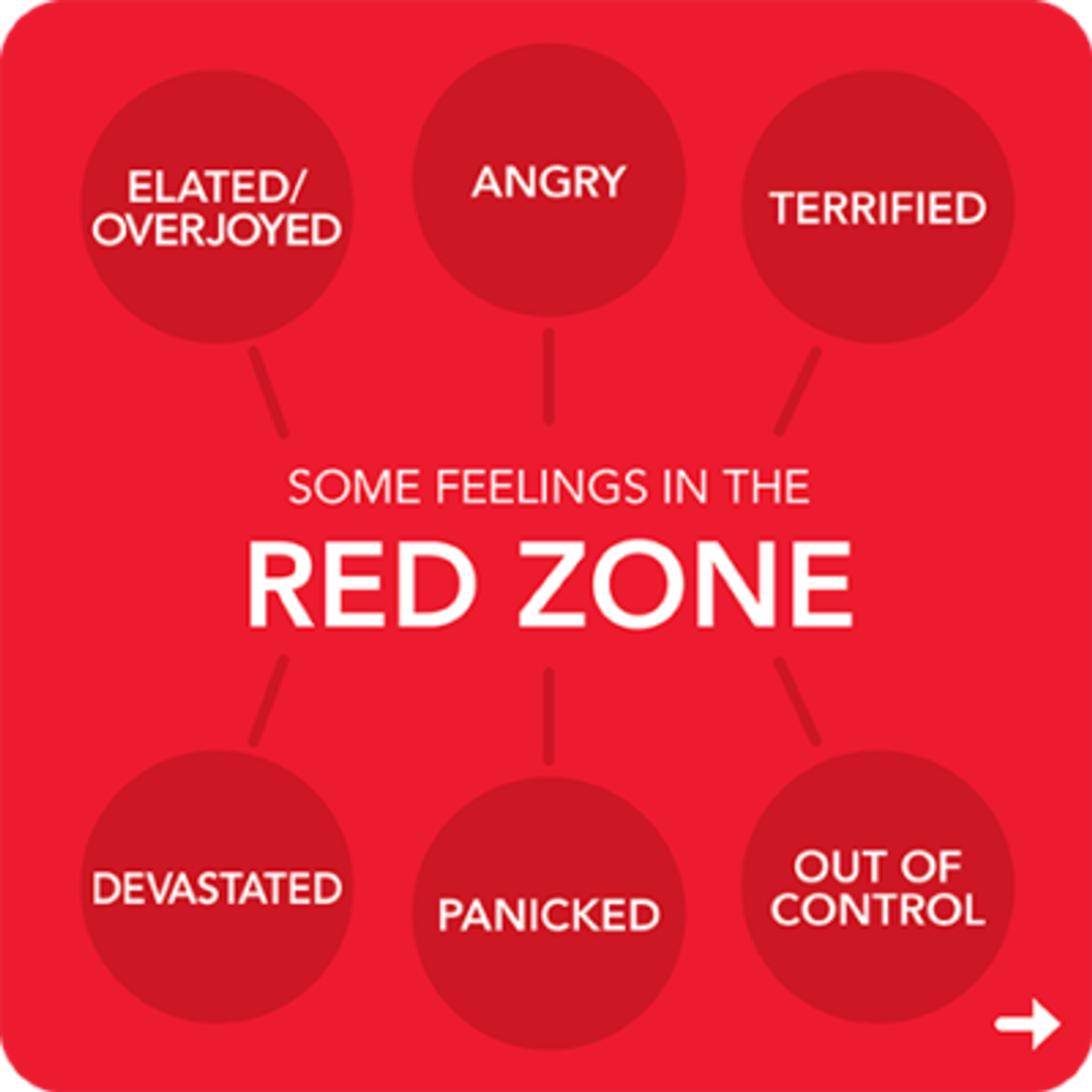

The Red Zone is the highest and most intense Zone, ranging from elation to anger. It’s an important Zone because it helps us when we’re in a situation where we need to react quickly and keep ourselves safe, such as when we are in danger. Learning how to manage these big feelings is important. The Red Zone does not only encompass uncomfortable feelings, it also includes overwhelming positive feelings as well as such as overjoyed and elated. Tools for the Red Zone help us gain a sense of control or stay safe. They tend to be calming in nature and might include taking a break, breathing, mindfulness, and physical activity like running or yoga.
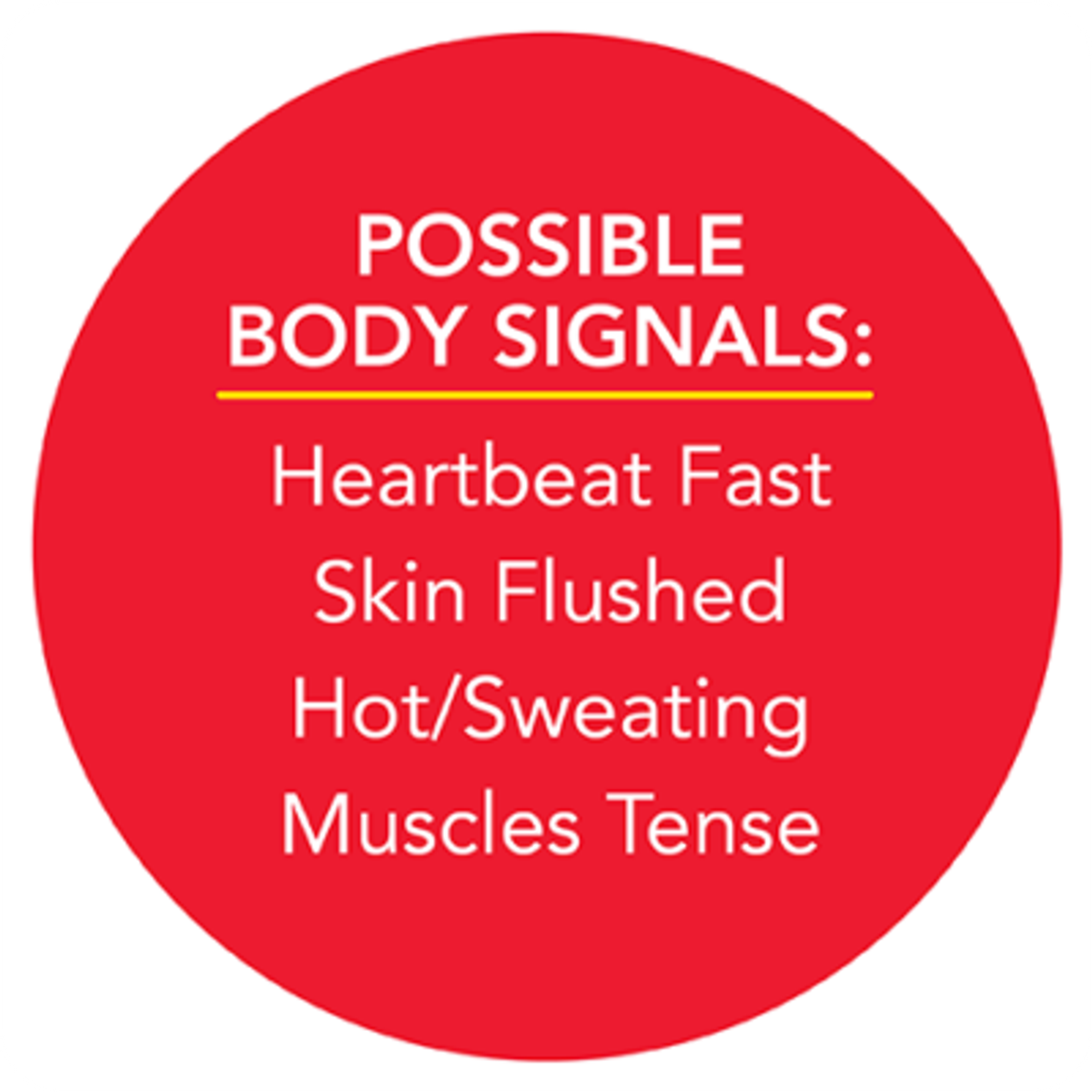

It is important to remember that there are NO BAD ZONES! Adults and children of all ages move through a wide range of emotions, energy, and alertness throughout the day. Our goal is to notice our feelings and regulate them in order to take care of ourselves and meet our goals.
All feelings and Zones are a natural part of being human; sometimes we need to regulate them to navigate situations to get a desired outcome, and sometimes we don’t.
To learn more about our Zone Your Home: Parent and Caregiver Training, click here.